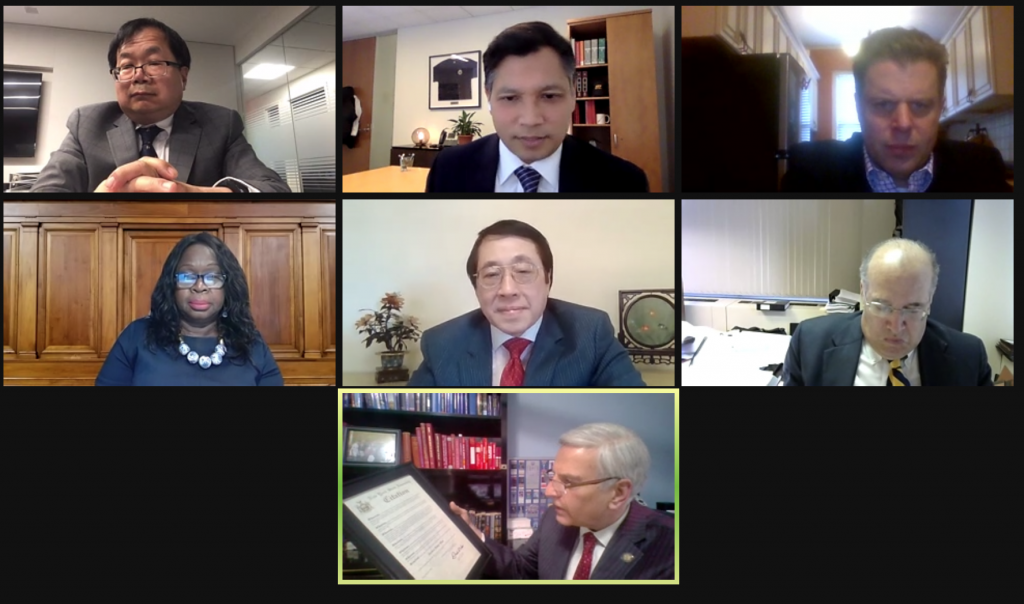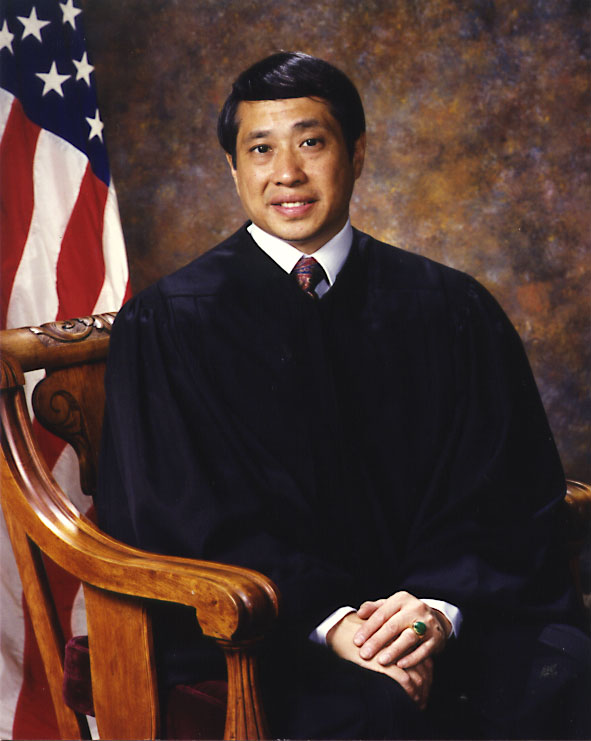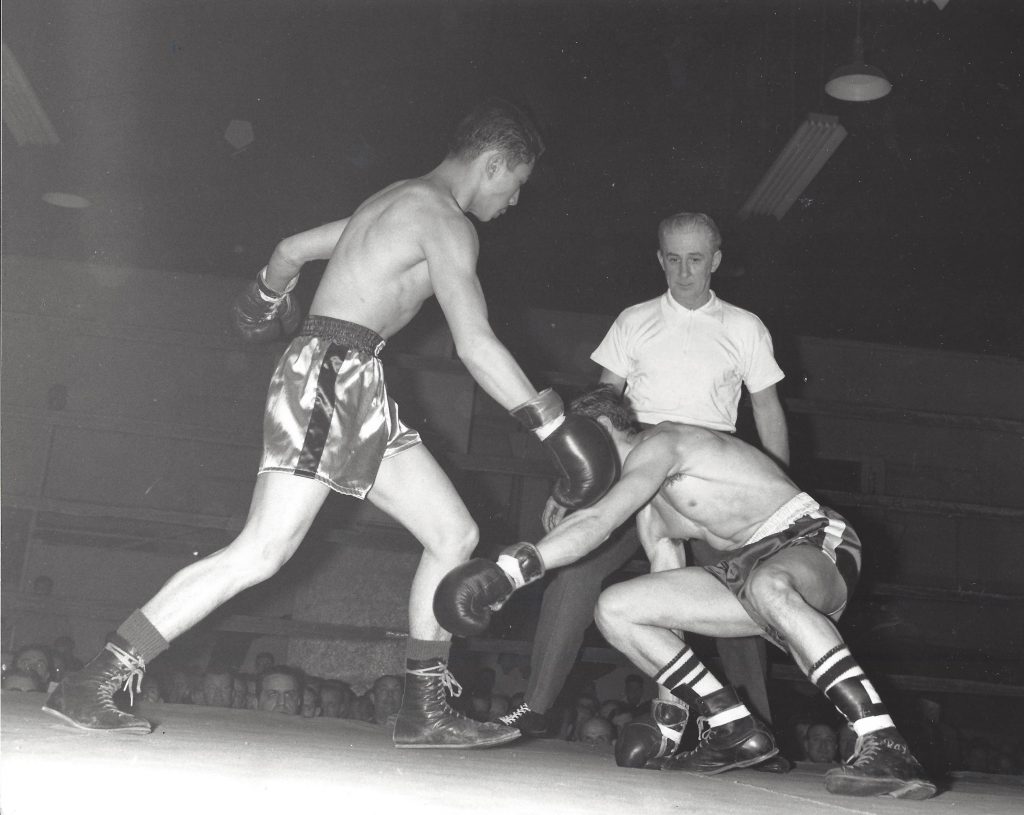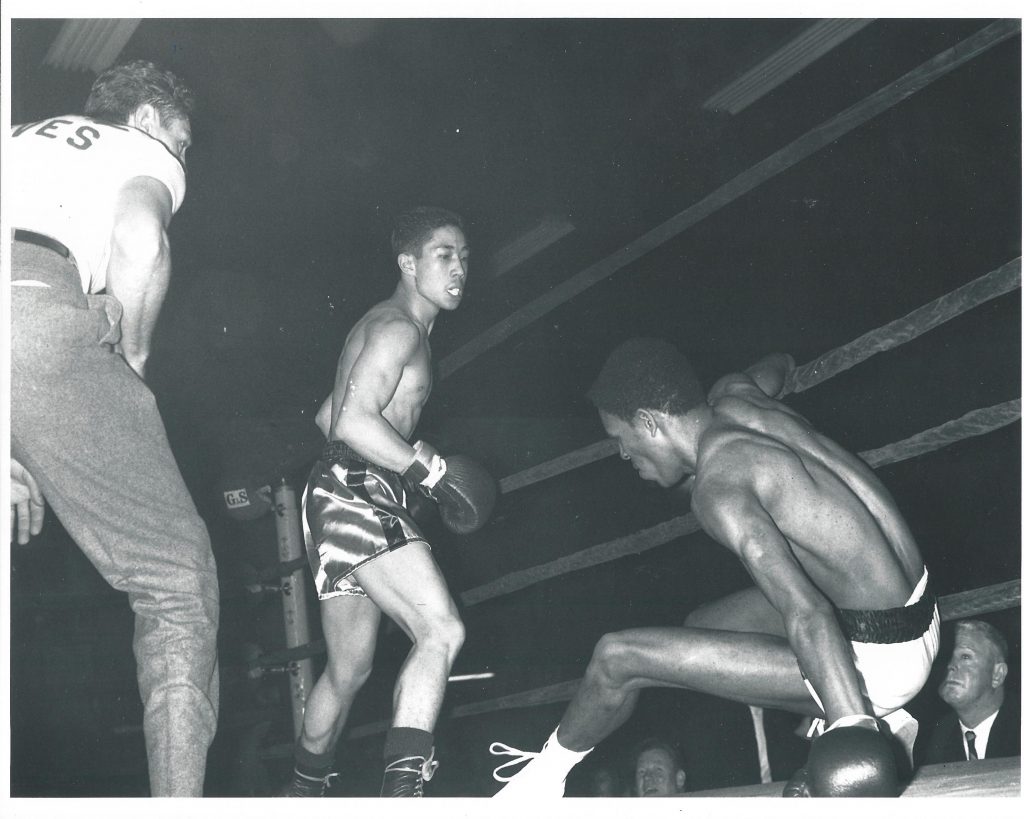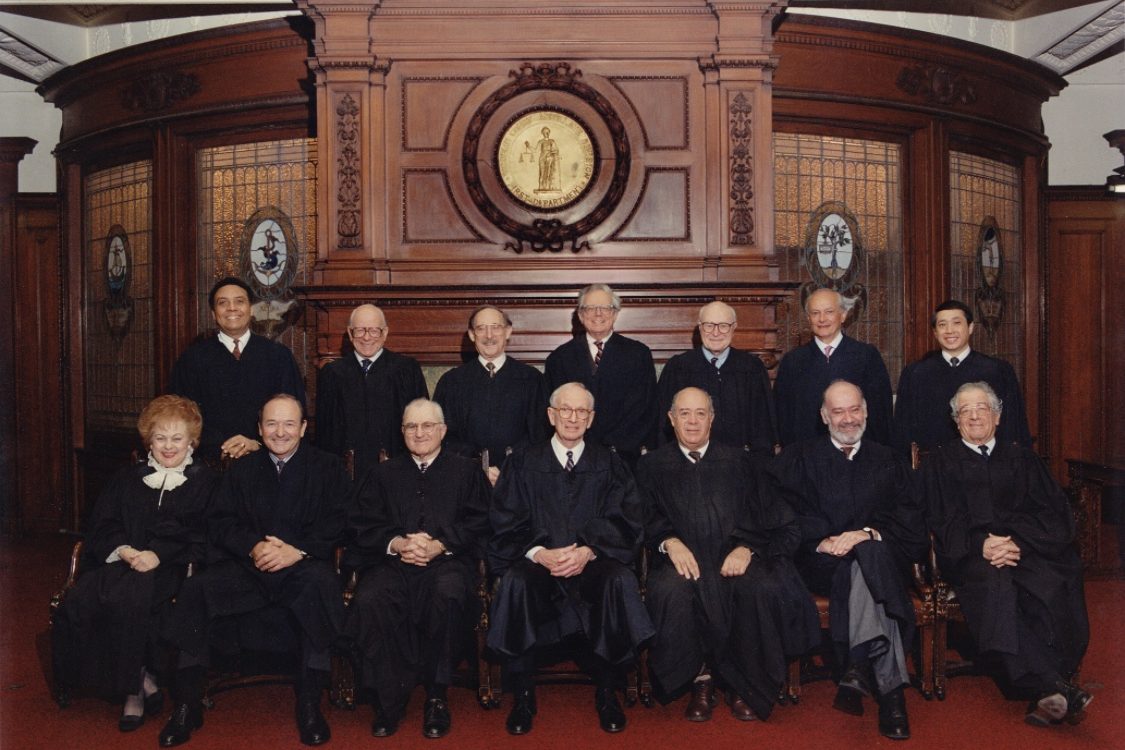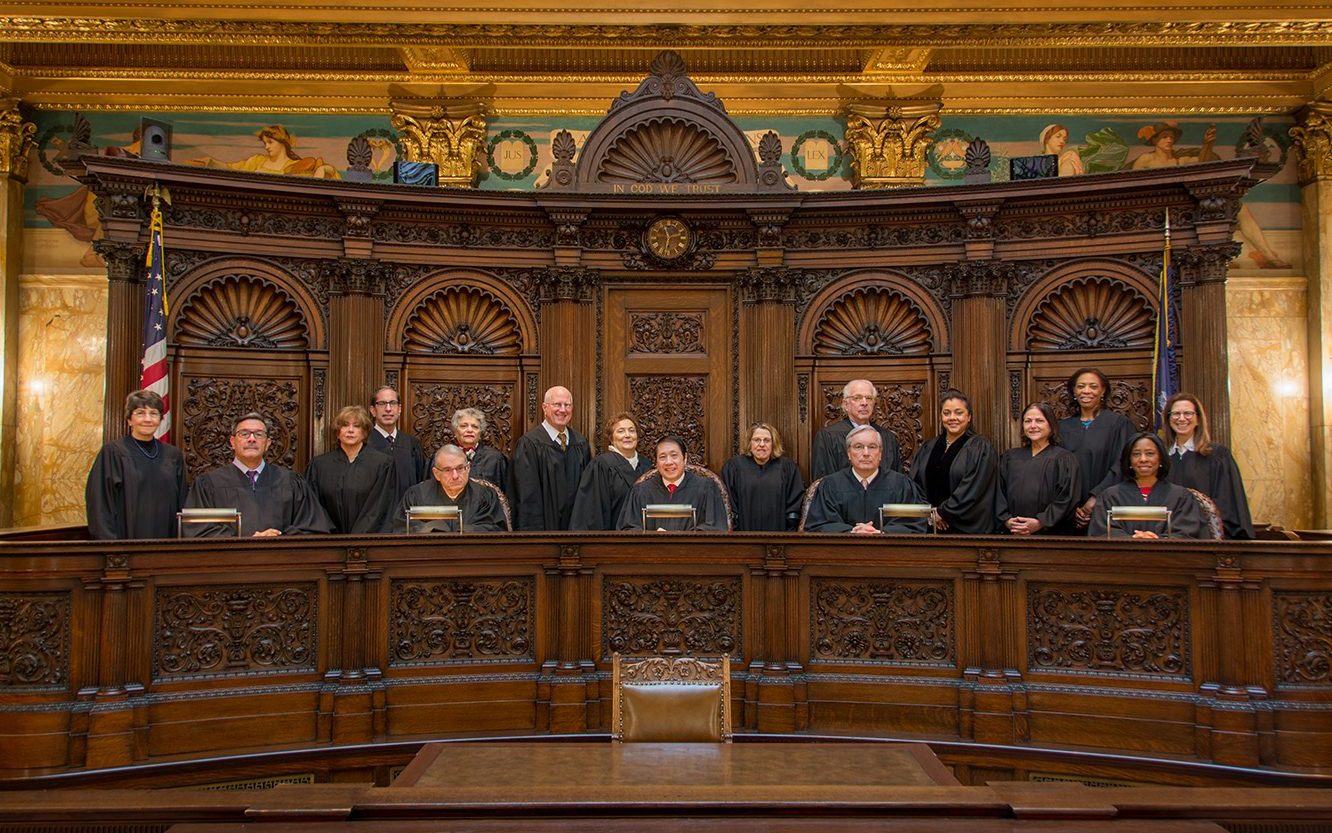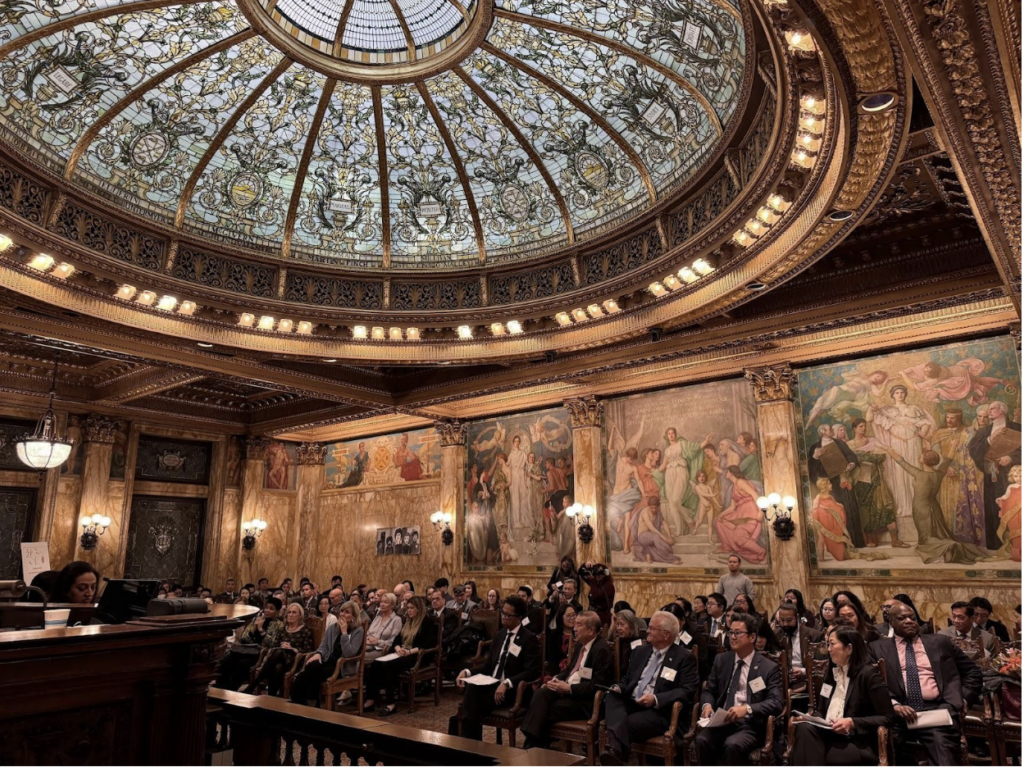
The Prosecutors Committee of AABANY (Asian American Bar Association of New York) hosted its 16th Anniversary Reception on November 13, 2024, at the New York Supreme Court, Appellate Division, First Department (27 Madison Avenue, Manhattan) from 5:30 to 9:00 PM. The Prosecutors Committee, founded in 2008, aims to support the advancement and professional development of Asian Pacific Islander Desi American (APIDA) prosecutors, to build a network between current and former APIDA prosecutors, recruit APIDA law students into the field, and create trust and communication between the APIDA community and local prosecutors’ offices. Bridget G. Brennan, Special Narcotics Prosecutor for the City of New York, was honored with a Lifetime Achievement Award for her outstanding public service, commitment to diversity, and staunch support of the Prosecutors Committee since its inception in 2008.
The Committee, co-chaired by Kin Ng and Diana Wang, represents a community that includes over 100 APIDA prosecutors currently serving in New York. The AABANY Prosecutors Committee’s growing membership is comprised of prosecutors of APIDA heritage from all five New York City District Attorney’s Offices and Nassau County District Attorney’s Office, as well as Assistant Attorney Generals from the New York State Attorney General’s Office, and federal prosecutors from the Southern and Eastern Districts of New York.
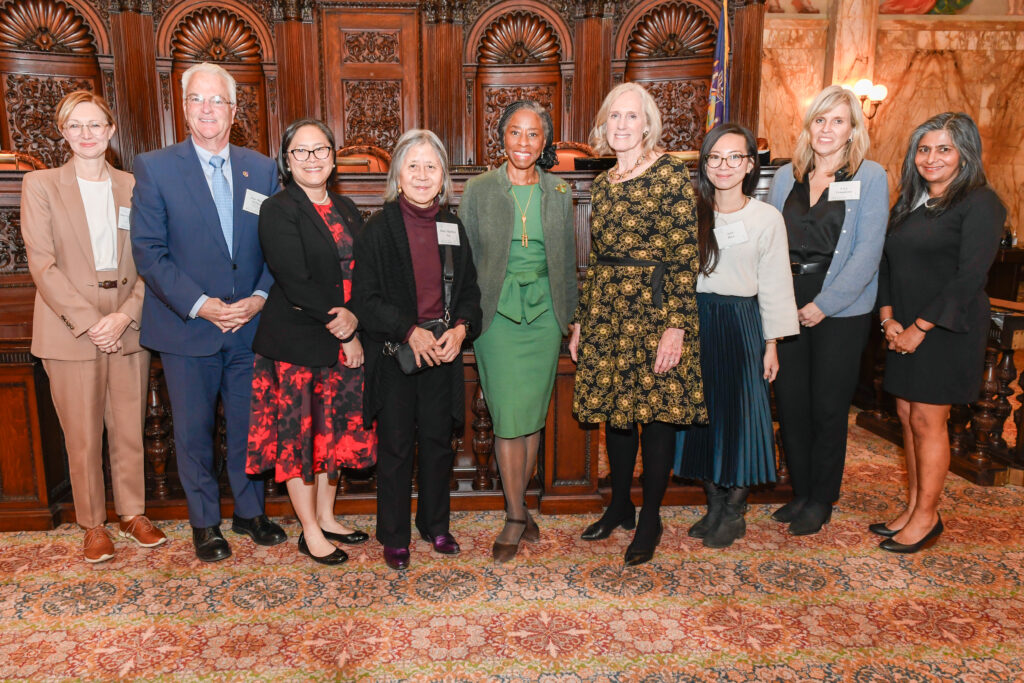

Around 150 attendees, including members of the Prosecutors Committee, District Attorney Executives, state and federal judges, and community leaders, filled the Appellate Division courthouse to capacity for this celebratory event. The evening featured distinguished guests who delivered heartfelt congratulatory remarks to Ms. Brennan, who was appointed as New York City’s Special Narcotics Prosecutor in 1998 and is the first woman to hold that position.
Ms. Brennan oversees a staff of 200 lawyers, investigators, and professional personnel for an office that prosecutes serious narcotics offenses and related crime throughout New York City’s five boroughs. Ms. Brennan has been an Assistant District Attorney since 1983, when she joined the New York County District Attorney’s Office. During her tenure there, she was designated both a homicide and sex crimes prosecutor. She became a deputy chief in a financial crimes bureau before joining the Special Narcotics Prosecutor’s Office in 1992. She first served as chief of the highly regarded Special Investigations Bureau, overseeing some of the nation’s most significant narcotics investigations, then as Chief Assistant from 1995 to 1997. Before her legal career, Ms. Brennan was a print, radio, and television reporter in her native Wisconsin, where she graduated from the University of Wisconsin Law School with a Juris Doctor degree. She also holds a Bachelor of Arts degree in Journalism from the University of Wisconsin.
The evening’s event, held in the stunning landmarked courtroom with its iconic stained-glass dome, began with welcome remarks from Hon. Dianne T. Renwick, Presiding Justice of the Appellate Division, First Department. Like Ms. Brennan, Justice Renwick is herself a trailblazer, as the first woman of color to serve as Presiding Justice of any Appellate Division in New York State, and only the second woman to lead the First Department since its creation in 1894.
Thereafter, the speakers honoring Ms. Brennan included the following representatives from local prosecutors’ offices:
- Hon. Michael E. McMahon, Richmond County District Attorney
- Bronx County DA’s Office, Chief Assistant Derek Lynton
- Kings County DA’s Office, Chief Assistant Nancy Hoppock
- New York County DA’s Office, Chief Assistant Meg Reiss
- Nassau County DA’s Office, Executive ADA Brian Lee
- Queens County DA’s Office, Bureau Chief Rosemary Chao
- Suffolk County DA’s Office, Bureau Chief Lucie Kwon
- Special Narcotics Prosecutor’s Office, ADA Anju Malhotra, who introduced Ms. Brennan
AABANY thanks Prosecutors Committee Co-Chairs Kin Ng and Diana Wang, as well as Vice-Chairs Grace Vee, Sabeeha Madni and Chanterelle Sung, for organizing this memorable event. AABANY also thanks Justice Renwick and the Appellate Division, First Department, for providing the beautiful courthouse for this special celebration.
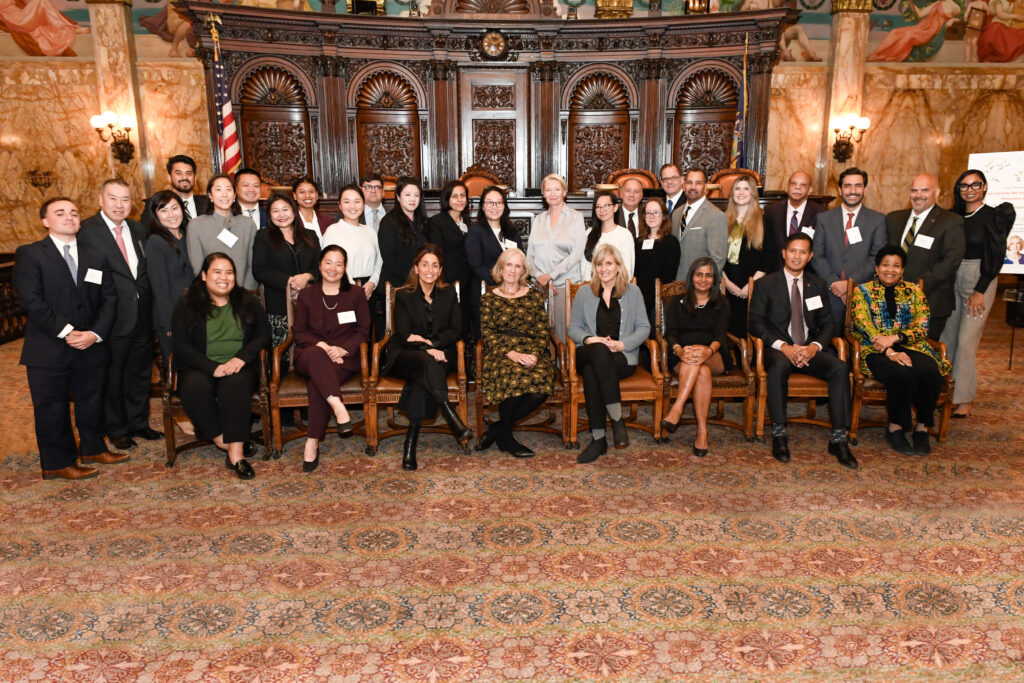
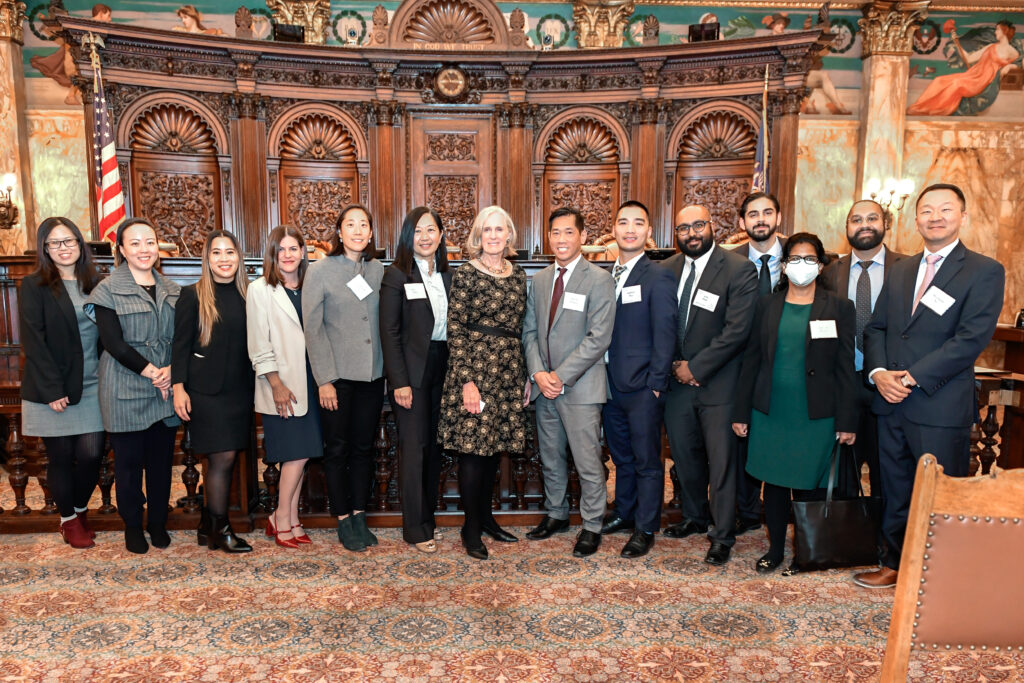
More photos from the event can be found here.
To learn more about the Prosecutors Committee, please click here.



